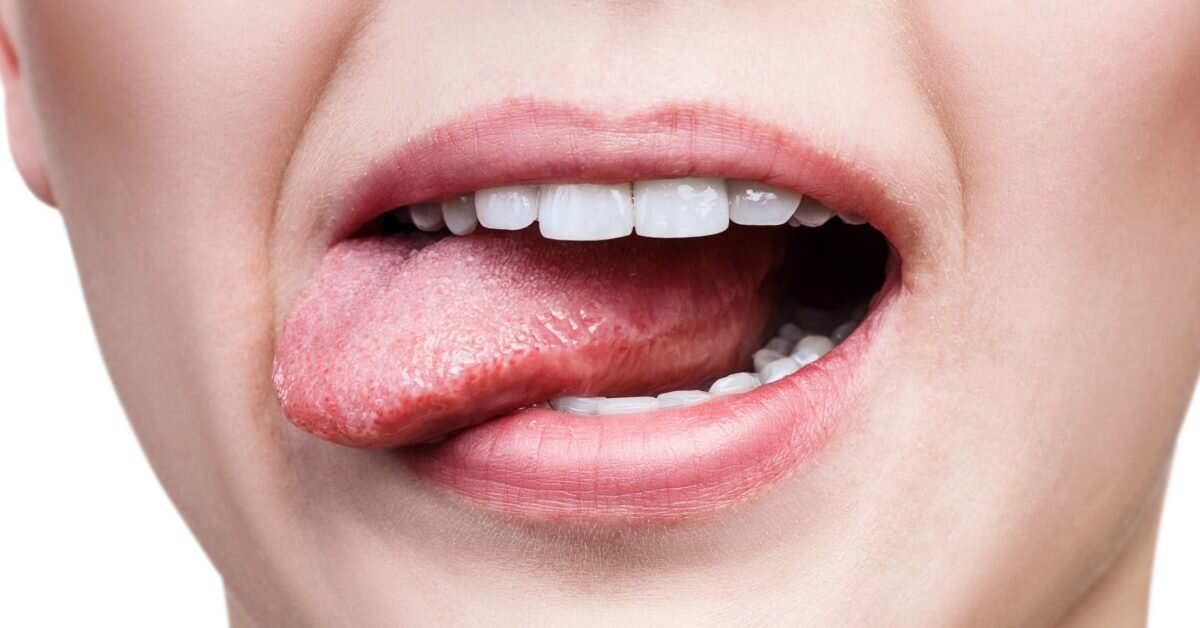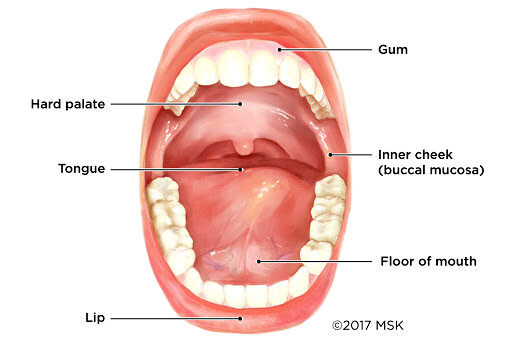Avoid Mouth Cancer in 2021
This Year, Make a Resolution To Be More Informed About Your Dental Health and Oral Cancer!
With an estimated 53,000+ people diagnosed with Oral Cancer in the year 2020 alone, nearly one person each hour succumbs to the disease. While this may sound scary, treatments for Mouth Cancer have improved over the last thirty years and most forms are highly curable when diagnosed early. In fact, the death rate associated with this cancer is high not because of the cancer itself, but because it is often found too late in its development.
With this in mind, it is important to schedule regular checkups and learn what to look for. Awareness of signs and symptoms is the first step to beating the disease!
To schedule an appointment, click here.
Most Common Types and Symptoms
Mouth Cancer may sound like it starts in a singular place, but there are many places that this disease can show up. While the most common form is typically found on the tongue, there are other significant places to watch out for signs and symptoms.
Tongue. As previously stated, the tongue is one of the most common places for Mouth Cancer to develop. Usually beginning as a sore spot or lump that does not go away, cancer of the tongue also exhibits symptoms of pain when swallowing, numbness of the mouth, bleeding from the tongue, a sore throat that does not improve and red, white, or dark patches in color.
Floor of the Mouth. Often mistaken as canker sores, this cancer begins in the horseshoe-shaped area under the tongue.
Hard Palate. One of the more rare places to develop Mouth Cancer; a common sign is ulcers on the roof of the mouth.
Inner Cheek. A highly curable form when detected early, inner cheek cancer presents itself with white, red, or dark patches of color, lumps, mouth pain or numbness, difficulty moving jaw, severe ear pain, loose teeth, jaw pain and/or swelling.
Lips. Another highly curable type is found on the lips. Similar to melanoma, signs include sores that do not heal, lumps or thickening of the lips, bleeding, discoloration, pain and/or numbness.
Gums. Very treatable when found early, cancer of the gums is most often mistaken for gingivitis as symptoms include white, red, or dark patches, bleeding or cracking, and thick areas on gums.
Other symptoms that are easily detectable are unexplained, persistent lumps in the lymph glands of the neck as well as loose teeth, areas of mouth that do not heal and changes in your voice or difficulty with speech.
While many common symptoms may be caused by a less serious condition such as infection, knowing what to look for and seeking medical advice is the first step. Should you ever be concerned about whether or not you need to be seen, feel free to contact us with any questions you may have.
To reach out to us, click here.
What Puts Your Mouth at Risk
While there are prevention methods and procedures to help with factors that contribute to mouth cancer, the best way to prevent getting this disease is by watching what you put in your mouth.
The biggest risk factors of Mouth Cancer include:
Tobacco Usage: This includes all forms of tobacco including cigarettes, pipes, cigars, chewing, and other smokeless tobacco products.
Alcohol: Consuming alcohol in excess has been linked to a third of all mouth cancers.
Human Papillomavirus (HPV): HPV is thought to cause at least 70% of oropharyngeal (tonsils, tonsillar crypt, base of the tongue, soft palate) cancers within the United States alone.
Unhealthy Diet: According to the Oral Health Foundation, up to half of all mouth cancer cases are partly due to poor diet. It is recommended to eat fresh fruits and vegetables in part of a whole-foods, plant-based diet. This includes a limit on the consumption of meat—particularly processed meats.
Lack of Vitamins: Deficiencies of certain vitamins has been proven to also be a cause of mouth cancer. Antioxidants like provitamin A, vitamin-C, vitamin-E, zinc, selenium, and spirulina are believed to play preventative roles against oral cancer.
Ultraviolet (UV) Radiation: The presence of too much UV radiation is already known to cause skin cancer, which can develop on the lips as well. As tempting as it may be to hit the tanning during a cold Minnesota winter—avoid the deadly radiation for that sun-kissed glow!
Avoiding these habits can help prevent mouth cancer, however, there are other risk factors that should be checked regularly as well. Those with a personal or familial history of cancer, are undergoing treatments for HIV/AIDS or are taking medications after an organ transplant, or have a genetic condition that affects bone marrow, skin, or fingernails should pay close attention to unordinary and persistent symptoms. These can be incredibly dangerous should they not be closely monitored.
How to Look for Signs and Symptoms of Mouth Cancer at Home
As we outlined with images on our last Oral Cancer Month Blog back in April of 2019, checking for signs of Oral Cancer can be done from the comfort of your own home.
To view the images in that blog post, click here.
To perform a Mouth Cancer check at home, follow these helpful steps for each area of the mouth:
CHEEK: Place your index finger inside your cheek with your thumb on the outside. Squeeze to check for any lumps, tenderness, or ulcers.
MOUTH: Run your finger along the roof of your mouth to feel for any unusual lumps. Repeat this on the floor of the mouth as well.
NECK: Gently feel and press along the front and sides of your neck to feel for any lumps. Visually check for lumps and swelling that may be located on one side of the face or neck. Be sure that both sides look the same.
LIPS: Pull down and up your lower and top lips, respectively. Look for any sores or abnormal changes in color. Use your thumb and index finger to feel the lips for lumps or changes in texture.
TONGUE: Examine both the underside and surface for changes in color or texture. Check the sides for swelling or discoloration and/or ulcers.
When it comes to other areas such as the gums, be sure to look out and properly note any abnormal symptoms as outlined above.
When in Doubt, Check it Out
Being aware of what to look for can be the difference between life and death. By spotting symptoms early, the chances of survival from Mouth Cancer are 9 out of 10.
The best phrasing to go by should you have any concern is ‘when in doubt, check it out.’ If you notice anything unusual that persists for over two weeks, call and schedule regular checkups without hesitation. Our team’s pledge to you is to provide the best care and knowledge that will give you a smile to last a lifetime.
Walk into the New Year with confidence! Taking your oral health seriously is the best resolution you can make in 2021.
Click here to schedule a visit today.
8-Step Oral Cancer Check PICTURE GUIDE
What are you looking for? Use this 8-step pictorial guide for a quick, at-home oral cancer check.
Your Heart and Gum Disease
Does a healthy mouth equal a healthy heart? Keep reading to find out!
The Truths and Myths About Root Canals
Over the years, root canal procedures have evolved to a relatively pain-free experience when compared to other treatments. Put fears to rest with this informational blog!




